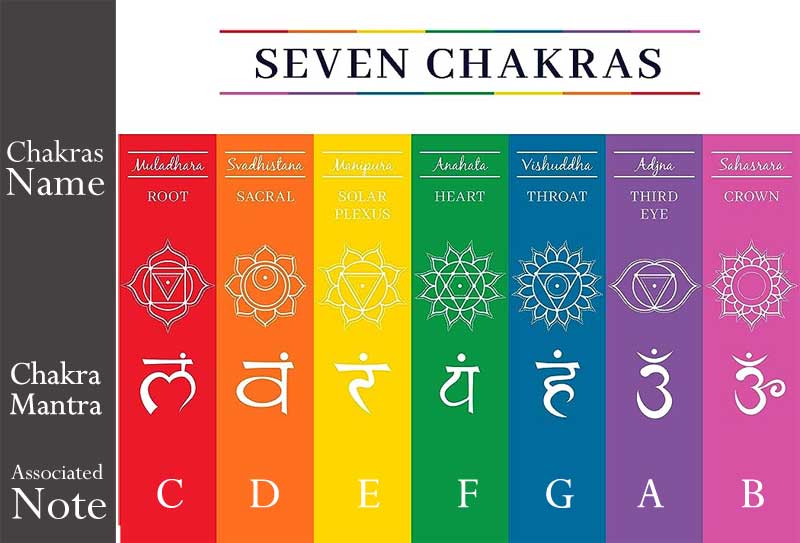
Exploring Singing Bowl Tones, Frequencies and Sound
Introduction of Singing bowls:
Singing bowls, also known as Tibetan singing bowls or Himalayan bowls, have captivated the world with their mystic resonance and therapeutic qualities. These ancient instruments have a profound impact on our well-being, both physically and spiritually. In this blog post, we will delve into the fascinating world of singing bowl tones and frequencies, exploring their history, significance, and the therapeutic effects they offer.
The Origins and Evolution of Singing Bowls:
Singing bowls have a rich history dating back to ancient times, originating primarily in the Himalayan region, including Tibet, Nepal, Bhutan, and India. Initially crafted for religious and spiritual rituals, their usage has expanded to include meditation, healing, and sound therapy. These bowls are typically made from a blend of metals, often referred to as “bell metal,” which includes copper, tin, zinc, iron, silver, and gold.
Understanding Singing Bowl Tones and Their Significance:
Singing bowls produce a range of tones, and each tone has its own unique frequency and significance. The fundamental tone is the primary and most prominent pitch that a singing bowl produces when struck or rubbed. Overtones, on the other hand, are higher-frequency tones that accompany the fundamental tone, creating a rich, complex sound. The combination of these tones is crucial in influencing the therapeutic effects of the singing bowl.
Fundamental Tone: The fundamental tone of a singing bowl is associated with the specific chakra or energy center it resonates with. For instance, a lower fundamental tone may resonate with the root chakra, promoting grounding and stability.
Overtones: The overtones or harmonics produced by singing bowls influence the overall sound and vibration. They can affect multiple chakras simultaneously, creating a harmonious and balanced resonance within the body.

7 chakras Singing Bowl chants and mantras
7 chakras chants and mantras below are a wonderful tool for doing this.
- Root Chakra Seed Mantra – LAM Chanting
- Sacral Chakra Seed Mantra – VAM Chanting
- Solar Plexus Chakra Seed Mantra – RAMM Chanting
- Heart Chakra Seed Mantra – YAM Chanting
- Throat Chakra Seed Mantra – HAM Chanting
- Third Eye Chakra Seed Mantra – OM Chanting
- Crown Chakra Seed Mantra – AH Chanting
The Science of Frequencies and Chakras:
The frequencies emitted by singing bowls are often correlated with the frequencies associated with the body’s chakras. Chakras are believed to be energy centers within the body, and each chakra is associated with a specific frequency, notes, color and sound. When a singing bowl’s frequency aligns with a chakra’s frequency, it is believed to help balance and harmonize that energy centre.
1. Root Chakra (Muladhara):
- Frequency Range: Approximately 256 Hz to 396 Hz
- Associated Note: C
- Color: Red
- Sound: “LAM”
- Description: The root chakra is located at the base of the spine. It represents survival, security, basic human potential, and is associated with our connection to the Earth. The color red is symbolic of vitality, grounding, and the physical aspect of our existence.
2. Sacral Chakra (Swadhisthana):
- Frequency Range: Approximately 320 Hz to 480 Hz
- Associated Note: D
- Color: Orange
- Sound: “VAM”
- Description: The sacral chakra is positioned in the lower abdomen, below the navel. It’s associated with creativity, sexuality, and emotions. Orange represents creativity, emotional balance, and our ability to experience joy and pleasure.
3. Solar Plexus Chakra (Manipura):
- Frequency Range: Approximately 384 Hz to 576 Hz
- Associated Note: E
- Color: Yellow
- Sound: “RAM”
- Description: Located in the upper abdomen, the solar plexus chakra is associated with self-esteem, confidence, and personal power. Yellow signifies intellect, self-assurance, and transformation.
4. Heart Chakra (Anahata):
- Frequency Range: Approximately 480 Hz to 720 Hz
- Associated Note: F
- Color: Green (or Pink)
- Sound: “YAM”
- Description: Positioned in the center of the chest, the heart chakra is linked to love, compassion, and acceptance. Green represents love, harmony, and healing, while pink is often associated with unconditional love and compassion.
5. Throat Chakra (Vishuddha):
- Frequency Range: Approximately 576 Hz to 864 Hz
- Associated Note: G
- Color: Blue
- Sound: “HAM”
- Description: Located in the throat, the throat chakra governs communication, expression, and truth. Blue represents communication, self-expression, and the power of the spoken word.
6. Third Eye Chakra (Ajna):
- Frequency Range: Approximately 640 Hz to 960 Hz
- Associated Note: A
- Color: Indigo (or Purple)
- Sound: “SHAM” or “AUM” (OM)
- Description: Positioned in the forehead, between the eyes, the third eye chakra is associated with intuition, insight, and spiritual awareness. Indigo symbolizes intuition, perception, and higher knowledge, while purple signifies spirituality and enlightenment.
7. Crown Chakra (Sahasrara):
- Frequency Range: Approximately 768 Hz to 1152 Hz
- Associated Note: B
- Color: Violet (or White)
- Sound: “AUM” (OM)
- Description: Situated at the top of the head, the crown chakra represents higher consciousness, connection to the universe, and divine wisdom. Violet embodies spiritual awareness, while white signifies purity and spiritual enlightenment.
Meditation and Visualization: During chakra meditations, practitioners often visualize or surround themselves with the corresponding chakra color while chanting or focusing on the associated sound. This helps in activating and balancing the chakra.
Sound Therapy: Practitioners also use specific musical notes or singing bowls that produce frequencies matching the chakra’s associated sound to help balance and align the chakras. The vibrational energy of these sounds is believed to influence the chakras positively.
Understanding the relationship between chakra colors and sounds allows individuals to engage in practices that aim to balance and harmonize their chakra system, leading to an overall sense of well-being and spiritual growth. It’s essential to approach chakra work with an open mind and combine it with other holistic practices for a comprehensive wellness approach.

4. The Therapeutic Effects of Singing Bowl Tones:
Singing bowls are renowned for their therapeutic effects on the mind, body, and spirit. The vibrations and tones produced by the bowls can bring about a profound sense of relaxation, reduced stress, and improved mental clarity. Here are some of the therapeutic effects associated with singing bowl tones and frequencies:
Stress Reduction: The soothing tones of singing bowls help reduce stress and anxiety by calming the mind and inducing a state of relaxation.
Improved Sleep: The gentle and harmonious sounds of singing bowls can aid in improving sleep quality, allowing for a deeper and more restorative rest.
Pain Relief: The vibrations from the singing bowls can alleviate physical discomfort and pain, promoting overall well-being.
Enhanced Meditation: Singing bowl tones facilitate a meditative state, making it easier to reach a deeper level of meditation and mindfulness.
Conclusion:
Singing bowls are not just musical instruments; they are tools that have been used for centuries to promote healing and balance. Through their unique tones and frequencies, singing bowls offer a path to relaxation, restoration, and spiritual growth. Understanding the significance of these tones and incorporating them into our lives can bring about a profound sense of harmony and well-being. Whether for meditation, therapeutic purposes, or simple enjoyment, the melodious resonance of singing bowls continues to inspire and uplift people across the globe.




